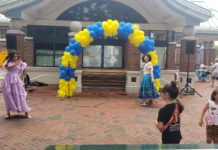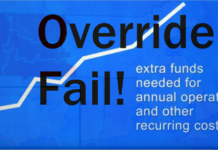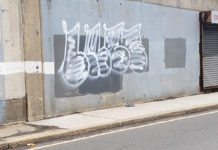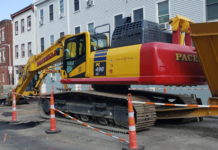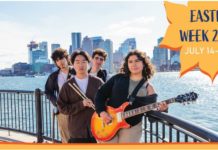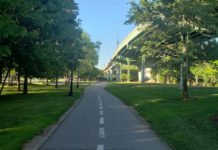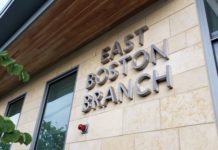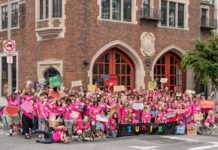by CHARLES GIULIANO
SPECIAL TO EASTBOSTON.COM
From the roof deck of our three-decker in working-class East Boston, we had a million-dollar view of the harbor and Boston skyline.
The search for affordable housing in 1994 that resulted in the purchase of a home on Webster Street was filled with trepidation and risk taking. The house we bought in for under $100,000 needed a “build out” and 13 years later sold for $485,000.
In 2021, the first floor sold as a studio condo for $459,000. Considering the top two floors as another unit, at $600,000 plus, it is easily a million-dollar property. That’s an appreciation of some 10 times over its value in 1994.
It seems that the market has caught onto what we saw as an adventurous investment in 1994. Now we are told that the neighborhood around Maverick Square has been improved and gentrified. Let’s hope that it has not lost the ethnic diversity that provided such a rich and varied community.
When we moved in the dominance of Italian residents was morphing into Hispanic neighborhood. We learned that there was a social and economic hierarchy. On the high end were Colombians who were entrepreneurial with investments in restaurants, business and real estate. Then there was a population of Mexican, El Salvadoran, and Guatemalan immigrants. When Brazil won the soccer World Cup in 2002, Eastie residents of Brazilian descent made their presence known driving around celebrating and waving their flags.
Mostly we enjoyed diversity through dining at a plethora of fabulous restaurants. For Italian food we enjoyed Jeveli’s which apparently has succumbed to the pandemic. For pastry and fresh pasta, Spinelli’s was the prime destination. How I miss their ricotta pie! For a time, there was a great barbecue restaurant that later moved to Revere. We dined at every possible kind of Hispanic restaurant from taquerias to more elaborate fare.
On Fridays, after afternoon classes at Suffolk University, I walked to the Haymarket for cheese at Phil’s, fresh ochre, leban (a thick yogurt) from a Halal butcher, and cheap fresh fish. The heavy shopping bags pulled my arms out of their sockets. Our meals were affordable and bountiful.
From our house it was a 10-to-15-minute walk to Maverick Square and the Blue Line. If the crowded rush hour trains ran on time it was a quick ride to Park Street and from there to Arlington Street for my 8:30 a.m. classes.
Astrid, who generally came home around midnight from Mt. Auburn Hospital, slept in. I would be up early for coffee and the morning Globe, New York Times and Wall Street Journal. For lunch, I picked up my old paper, the Herald.
With the era of the Big Dig, life got complicated. Astrid would often be late because routes were closed and diverted. I would worry and wait on the steps until she turned the corner and arrived safely home. Our bedroom was on the top floor and the first-floor apartment was her space. She would make a cup of tea and I asked that she come up and wiggle my toe. Or call from downstairs. Just to let me know that she was safe.

Parking was brutal, particularly late at night when I was commuting from Salem State or UMass. Lowell. During winter snow storms it went from difficult to impossible. That’s when the locals play Russian Roulette.
It seemed that Webster Street had the highest density of handicapped parking of any neighborhood in the City of Boston. A good number of them were “legacy” spots. Grandma had long since passed; but nobody bothered to inform the Registry of Motor Vehicles. It helped to have a friend or relative on the city payroll.
I always swore that if we got a handicapped permit, we would never leave East Boston. Now, because of recent major spinal surgery, I have one —but it’s way too late.
The storms could be brutal. At times the snow was all the way up our front steps. I had to shovel the sidewalk as well as our two cars. Sometimes, for up to a hundred bucks, I could hire kids to do the task.
Then you marked your spot with old furniture, a trash barrel, or other handy disposable item. That resulted in “chicken tests.” Arriving home late from our commutes someone was invariably in our spot. But if, perchance, you stole someone’s spot you risked slashed tires, egging, or a good key job.
It was strictly law of the jungle and East Boston was not for the weak and squeamish.
That prevailed even during the summer. I recall confronting a resident next to his marked spot. Looking about I observed that I couldn’t see any sign of snow. His answer was a perfunctory “I live here. This is my spot.” It wasn’t worth the loss of limb or life to argue the point.
Another battle zone was the entrance to the tunnel. I had a weekly rush hour commute to UMass Lowell. With time and practice you learn the not so gentle art of inching forward into niches of space. You might get behind some rube who freaked and didn’t know the rules.
One night I went toe to toe, or bumper to bumper with a tough cookie. Eyes straight ahead we glared at each other. By the time we inched into the tunnel I was ready to whack her short with a tire iron.
From our most recent visits to Boston, it’s likely that the traffic is even worse. Almost as bad as LA where, 24/7, you drive in fear for your life.
It could be rough on the streets but our home on Webster Street was truly wonderful. When friends came the women were amazed that Astrid the artist had, as Virginia Woolfe wrote, “A Room of One’s Own.”
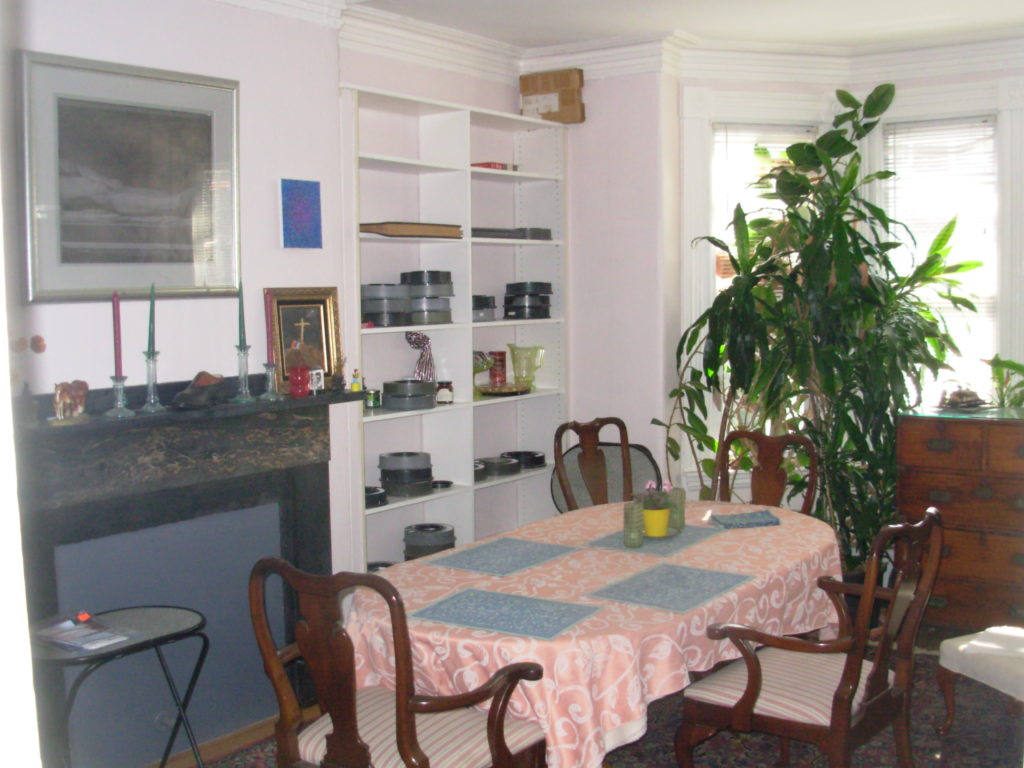
With two kitchens we both made part of the meal. I would call down to see when she was ready to serve. We had all that wonderful produce from Haymarket and fish on Friday.
In warm weather the garden, planted with tomatoes in buckets, was wonderful. On summer nights you could hear neighbors blasting Frank Sinatra or salsa. We often took an evening stroll to Piers Park and its gazebo. Now and then, Astrid would sail with me. You either went out to the islands or up stream turning under the Mystic River Bridge.
On a hot September Saturday, we got married under the apple tree in our back yard. The Unitarian minister was two hours late saying that he got stuck in the tunnel. Our neighbor Richie, a chef, catered the food. But the students I hired thought they were guests and never put the food in the oven. We served the still warm lasagna I made that morning. Our friends all went home with doggie bags.
While we had great times in Eastie it was less so for our hard-working Hispanic neighbors. On Christmas Eve, the party next-door went blaring and blasting until three in the morning. Calls to the cops were ignored.
It was a rare night off for the restaurant workers that hot sheeted their shifts. The apartment had double or triple the legal occupancy. The men, living like bachelors in dorms, sent money home to their families.
In Maverick Square, I encountered men handing our business cards to a brothel.
I had a Cape Verdean friend who smoked on the stoop. He wife banned cigarettes in their apartment. Bringing up the topic of a brothel, he said “Oh yeah, over there,” pointing diagonally across the street. “You can see the guys coming in and out.”
Just steps from our home! Good grief. Now that condos go for mega-bucks, I would imagine that cheap tricks in the hood are hard to come by. iHisH
-30-
Read Part 1 of Charles Giuliano’s 1994


